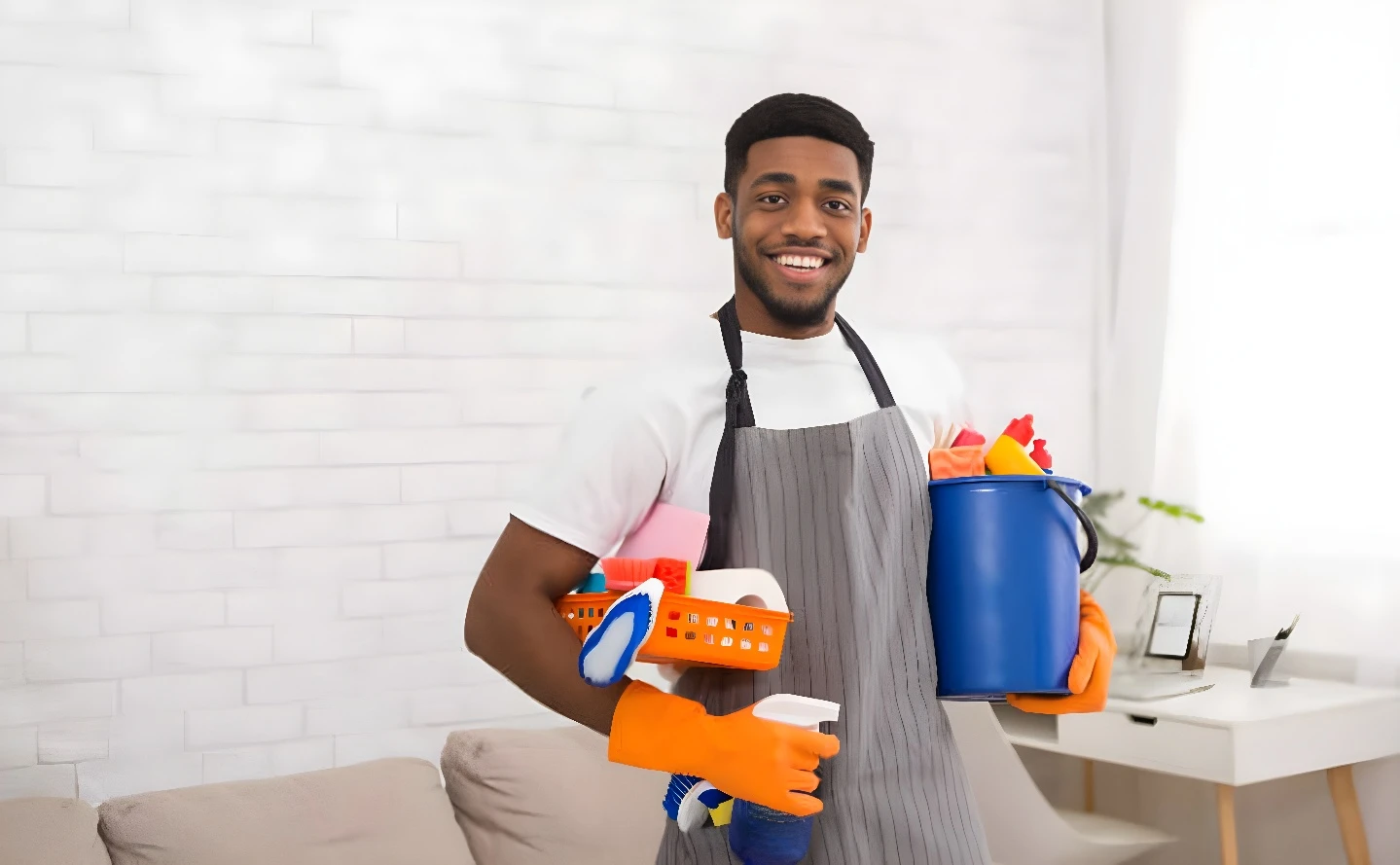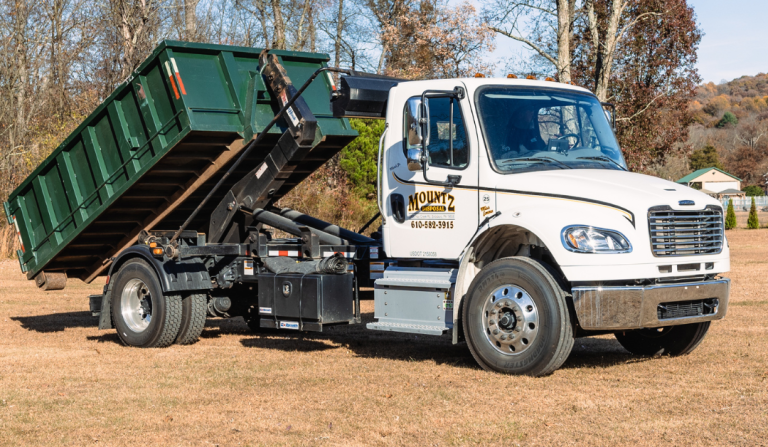
When pests invade a home, the impulse to fix the problem quickly and cheaply often leads many homeowners to try do-it-yourself (DIY) pest control methods. After all, there are plenty of products available at hardware stores, online tutorials, and natural remedies promising fast results without the need for a professional.
While DIY pest control can sometimes be helpful for minor issues or preventative measures, it also carries risks and limitations that are important to understand. In many cases, attempting to manage pests on your own can make problems worse, cause harm, or result in wasted time and money.
Here’s a detailed look at the potential dangers of DIY pest control and when it’s truly best to call in a professional.
Risks and Limitations of DIY Pest Control
1. Misidentifying the Pest or Problem
One of the biggest challenges with DIY pest control is correctly identifying the pest you’re dealing with. Many pests look similar but require very different treatments. For example, different species of ants or spiders may need unique strategies. Using the wrong product or method can be ineffective or even attract more pests.
Professional pest controllers have the training and experience to identify pests accurately, which is the first crucial step toward effective control.
2. Using Unsafe or Ineffective Products
Over-the-counter pest control products vary widely in their ingredients, application methods, and safety profiles. Some pesticides can be harmful to humans, pets, or the environment if used incorrectly. Additionally, many DIY products are less potent than professional-grade solutions and may only reduce visible pests temporarily.
Improper use can lead to:
- Chemical exposure and health risks
- Contamination of indoor air or surfaces
- Harm to pets or beneficial insects like bees
- Incomplete elimination of pests, leading to resurgence
Professionals are trained to use the right products safely and effectively, minimizing risk.
3. Missing the Root Cause
DIY treatments often focus on killing the pests you see but miss addressing the underlying causes—like food sources, moisture problems, or structural entry points. Without correcting these issues, pests will continue to return.
Professionals conduct thorough inspections to find and fix the conditions that allow pests to thrive, ensuring longer-lasting results.
4. Overuse and Resistance
Repeatedly spraying pesticides without professional guidance can lead to overuse, which not only wastes money but can cause pests to develop resistance to treatments. Resistant pests are harder to control and may require stronger, more specialized methods.
Professionals use integrated pest management (IPM) techniques that reduce reliance on chemicals and help prevent resistance.
When to Call a Professional
There are many situations where calling a pest control professional is the smartest and safest choice:
– Large or Persistent Infestations
If pests are numerous, spreading rapidly, or returning despite your efforts, a professional assessment is needed. Professionals can implement stronger, targeted treatments and develop a comprehensive plan.
– Unknown or Difficult-to-Identify Pests
If you’re unsure what pest you’re dealing with or if the problem involves pests like termites, bed bugs, or stinging insects, experts have the knowledge and tools to manage these safely and effectively.
– Health Concerns
If you or family members have allergies, respiratory conditions, or sensitivities to chemicals, professional pest control providers can offer safer alternatives and tailored treatment plans.
– Specialized Treatments
Certain pests require treatments that are not available over-the-counter, such as fumigation, termite bait systems, or rodent exclusion work. Professionals have access to these tools and the experience to apply them properly.
Benefits of Professional Pest Control
Hiring a professional pest control service brings many advantages:
- Comprehensive Inspection: They identify all pest activity and contributing factors.
- Customized Treatment: Plans tailored to your home and specific pest problems.
- Safety: Trained technicians use products and methods that minimize risk to people, pets, and the environment.
- Ongoing Support: Professionals often provide warranties, follow-ups, and prevention advice.
- Peace of Mind: Knowing the problem is handled effectively and responsibly.
Tips for Responsible DIY Pest Management
If you choose to try some DIY pest control methods, here are a few tips to stay safe and improve your chances of success:
- Always read and follow product label instructions carefully.
- Use baits and traps where appropriate instead of widespread spraying.
- Focus on prevention by sealing cracks, removing food and water sources, and keeping your home clean.
- Avoid mixing chemicals or over-applying products.
- Don’t hesitate to seek professional help if the problem persists or worsens.
Final Thoughts
While DIY pest control can be a helpful tool in certain situations, it’s important to recognize its limits and risks. Attempting to tackle serious pest problems without the right knowledge, products, or equipment can be ineffective and potentially dangerous.
Calling a professional pest control service ensures that the job is done safely, thoroughly, and with long-term results in mind. When pests invade, a timely and expert response protects your home, your health, and your peace of mind. We recommend Main Sail Pest.











